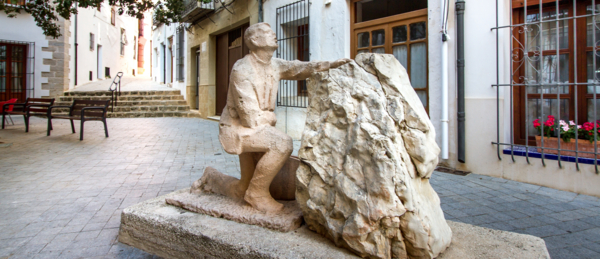Escape to the Middle Ages
Although there are remains of ancient cultures such the Iberian or Roman it is without doubt the Moslem culture that is most rooted in the town and the town’s name, a derivation of “Banu-Issa”, and the names of some of the farming hamlets that have survived throughout the centuries.
If you want to enjoy one of the region’s best conserved Medieval town centres take a stroll though the Old Town of Benissa, that dates back to the Middle Ages and the Renaissance, and relive the epoch of Valencia’s Classic book and author, Tirant el Blanc and Ausias March…
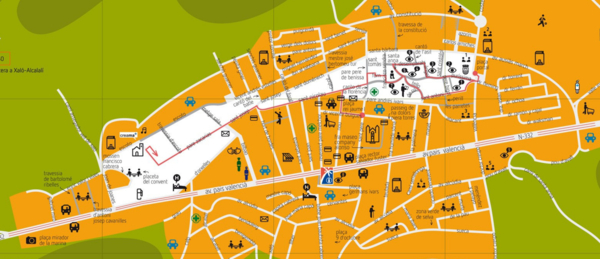
A good starting point is the “Plaza del Portal”, in olden times the East gate of the walled town of Benissa. In this square you will see the building that started life as the “Hospital Municipal” (Municipal Hospital) and today is the headquarters of the “Ayuntamiento” Town Hall, and another old building belonging to the Fundación Abargues.
Round the corner from the Plaza del Portal, Benissa’s medieval route passes through the peaceful “Placeta de l’Església Vella” (Old Church Square). Here you can see a painting on ceramic tiles that depicts the facade of the ancient fortified medieval church, that served the town for centuries not only as the House of God but also as a fortress that protected the Benissa folk from the pirate attacks that at the time were common along the coast.
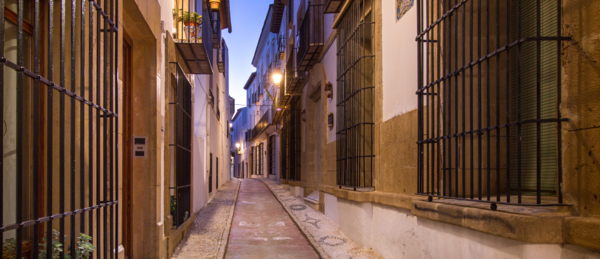
Wandering along the “calle de la Puríssima” and “calle Desamparats” streets you can discover what was once a Valencian Renaissance quarter with its wrought iron balconies, cobbled streets and contrasted white-washed and travertine limestone facades.

In the calle Puríssima is Benissa’s oldest public building: The “Sala del Consell” (Council Room) that in the past housed the Town Hall, the prison and legal archives.

Benissa has rehabilitated its Heritage for cultural use. An example is the “Sede Universitaria” (Satellite University) that occupies the “Andrés” and “Pere Bigot” ancestral homes or the “Palacio de los Torres-Orduña” , another stately home that has been converted into Centro cultural y Biblioteca (Cultural centre and library). If you wish to visit a true 18th Century ancestral home, complete with period furniture and tiles, you can go into the “Casa-Museo del antiguo linaje de los Abargues” (Abargues Ancestral Home-Museum).
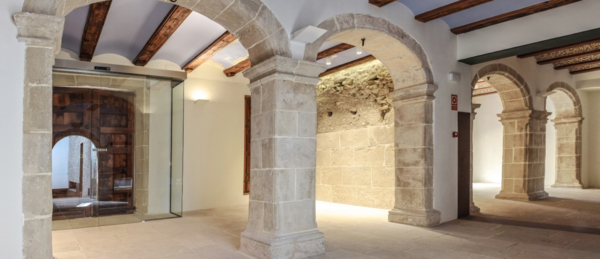
Between the calle Desamparats and the Cultural Centre you will find the Casal dels Joves (Youth Centre) that occupies a 16th Century building that, in times past, was used as a granary, prison, Town Hall or Court of Justice while its spacious stone columned porch served as a market hall.
At the westernmost point of the route is the “Convento de los Padres Franciscanos” (Franciscan Monastery) founded in 1613 and a landmark of urban Benissa of the period. During centuries the monastery has been an educational centre for the inhabitants of the Marina Alta and for the Franciscan Order who had a minor seminary backing onto the monastery.
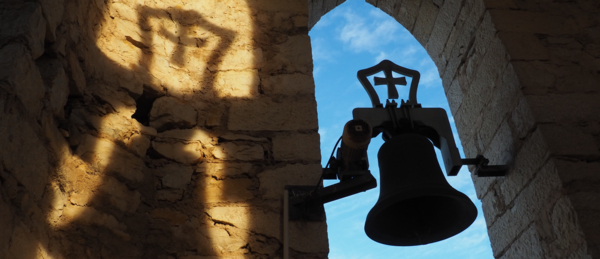
You can end your walk round the Old Town with a visit to the Iglesia de la Puríssima Xiqueta (Parish church) that stands out in the Benissa skyline from any angle due to its imposing size and its unusual neo-gothic style. The construction works that lasted from 1902 until 1929 were the result of the efforts of the Benissa townsfolk and the church is known in the area as the “Catedral de la Marina” (Cathedral of the Marina).
Did you know… ?

Located half way down the calle Puríssima is the “Monumento al Riberero” a tribute to the farmhands that years ago had to walk to the “Ribera del Júcar” (The Jucar riverside) to harvest rice. This statue is of a kneeling man since it was customary for these emigrants to say a prayer to the Virgin Mary patroness of Benissa “La Puríssima Xiqueta” as they left to work in the rice paddies.
Very close to the monument is the house known as the “Casa de Juan Vives”, where the “Puríssima Xiqueta”, consecrated as Patroness in 1864, carried out her first miracle.


